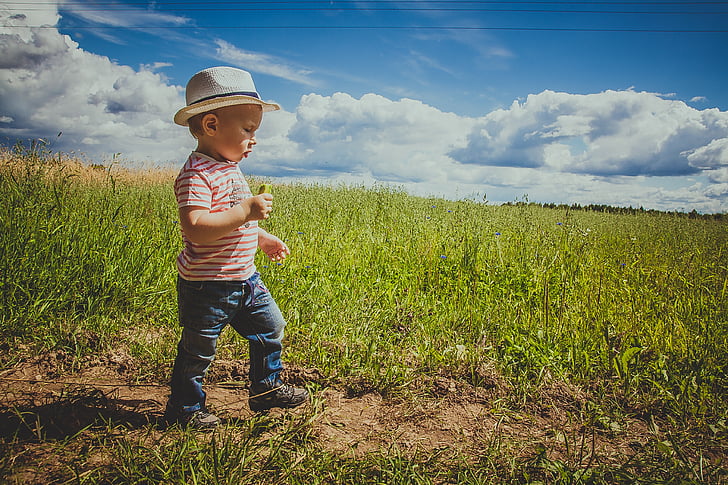Grassland or savannas are land which are covered with grasses weather high or short
grasses. It occurs where the annual rainfall is low and vegetation consists of majority of grasses
with shrubs and trees. Climber and epiphytes are absent.

Distinctive features of the grassland
iii. Long dry season
Animal Adaptations in Grassland
iii. Fast moving large herbivore can also detect predator and run in an open habitat
Plant Adaptation in Grassland
iii. Leaves are shed by the trees in the dry season to conserve water
These are habitat that is associated with dryness or aridity. They are dried habitats. It is
divided into:
iii. Cold desert (Tundra)
15 0 C in the winter
iii. It has absolutely low rainfall
about 10 0 C
iii. Very cold, long dark winter that freeze lakes and rivers and hardened the
ground soil due to the freezing of the soil moisture.
Sahara Desert (Hot)
(i) Mean annual rainfall is less than 100mm
(ii) It has extreme dryness, winds, high temperature during the day and cold, night.
(iii) Poor, sparse vegetation, plant are mostly ephemeral herbs and succulent e.g.
cactus.
Plants that are adapted to dry habitats are called Xerophytes and have the following
characteristics.
depths.
iii. Possession of adaptive feature as waxy leaf with water proof cuticle, sunken
stomata with air and thick layer over the stem and root.
Adaptive feature of Animal in the Avid Land
(i) Body covering is dry and impermeable is water
(ii) Engage in burrowing during the day and active in the night to avoid the day heat.
(iii) Possession of excretory system to reabsorb water efficiently.
(iv) Possession of membranes that reduces water loss with exhale air.
(v) Possession of fringed feet and toes that enhance walking on loose sand.
(vi ) Possession of sandy coloured body to aid camouflage and remain undetected
Read our disclaimer.
AD: Take Free online baptism course: Preachi.com 